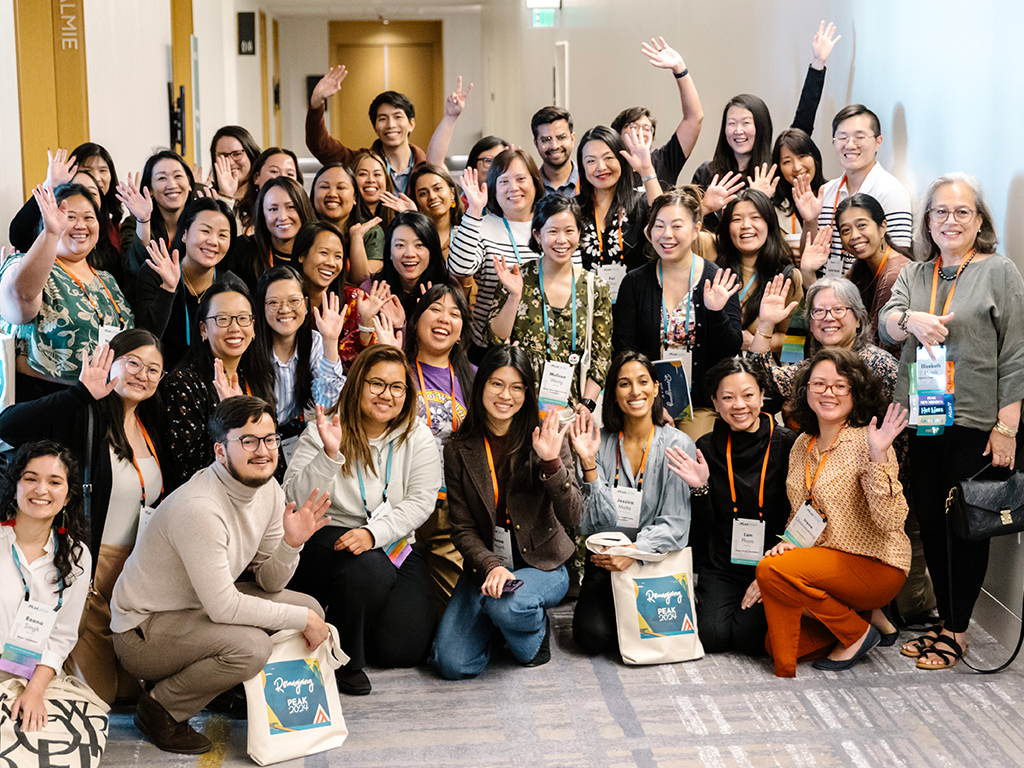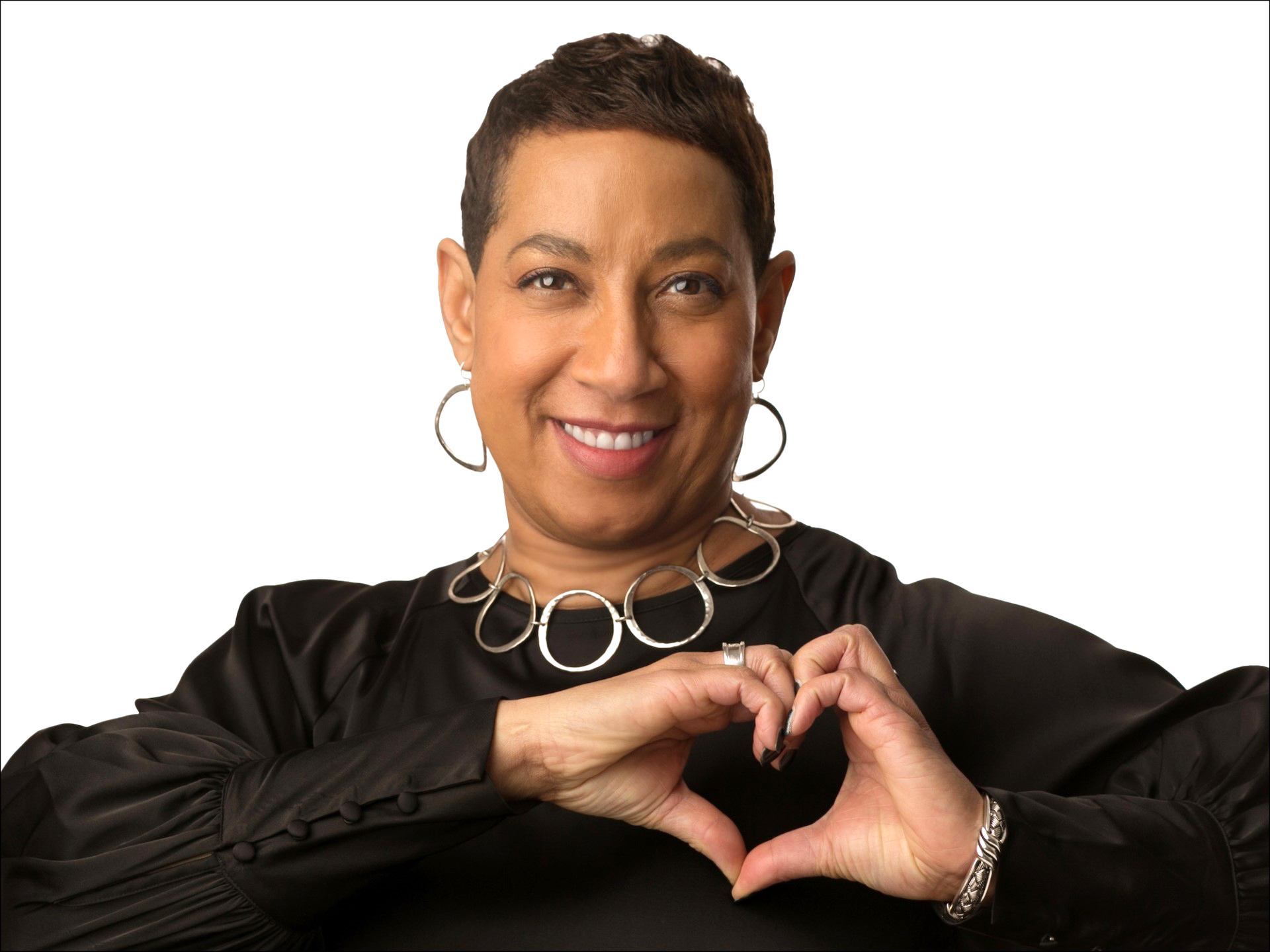
Imagine the scene: Someone is filling out a RSVP form to volunteer with a local organization. They are excited to give their time to a cause they care about… until they get to those obligatory demographic questions. Whether the question asks about gender, race or ethnicity, sexual orientation, disability or something else, they do not see themselves reflected and are forced to select “Other” to submit the form. Or worse, they believe they would not fit in at the organization and decide to find another volunteer opportunity instead.
Many of us, whether trained evaluators, researchers, program staff or volunteers, have never questioned how or why we collect (or perhaps fail to collect) demographic data. This type of data collection is often viewed as a rote task, a matter of tacking on a set of generic and seemingly “neutral” questions at the beginning or end of a survey.
But demographic data collection is so much more than that. These questions – and the answer choices provided – broadcast loud and clear a message about who your organization is and what it stands for. Our approaches to collecting demographic information can either unintentionally reinforce harmful stereotypes, or become another way in which we reflect and honor the true diversity of our communities, including those that have been historically excluded.
We believe demographic data collection is a simple yet powerful tool for pursuing equity and inclusion in our work. That is why we created More Than Numbers: A Guide Towards Diversity, Equity and Inclusion in Data Collection: to ensure that organizations can collect demographic data they need to make informed decisions in a way that is respectful and inclusive.
More Than Numbers joins a growing list of equity-focused resources related to data collection. We hope it serves as a complement to these resources and a helpful conversation starter. Included in the guide are:
- Considerations for deciding what data to collect, how to approach data privacy and confidentiality, and determining where in a data collection tool to place demographic questions.
- Best practices for how to collect demographic data, such as assessing the order of response options for potential bias and soliciting feedback from the communities who will be answering the questions.
- Example language to use to ask about identity characteristics, such as gender identity, sexual orientation, race and ethnicity, and disability.
- Additional resources to supplement the recommendations in the guide.
Importantly, More Than Numbers seeks to help grantmakers implement one of PEAK’s critical recommendations for those who want to better understanding who it is they serve. PEAK states (and we agree) that the journey starts by taking a fresh and considered look at how you collect demographic data on your own board and staff, grantee board and staff, people served, and communities affected by your funding. More Than Numbers can help jumpstart that process.
We say process because applying an equity lens to data collection is an ongoing endeavor. Just as we strive to routinely assess the way our work lives up to our organizational and communal values, we should also review whether our methods for data collection reflect those values. At the Charles and Lynn Schusterman Family Foundation, we are on this journey too, implementing practices in the guide and learning along the way.
One critical lesson learned, which was not new but was further reinforced, is how important it is to proactively include the voices of those who have traditionally been left out. Throughout the development of this guide, we solicited feedback from a wide variety of partners representing historically excluded communities to help ensure that the recommendations were inclusive and respectful. Even so, after the publication of the guide, a grantee shared feedback that one of our sample questions pertaining to gender identity could be more inclusive.
We were grateful for this candid feedback because we know the power dynamics between foundations and grantees can make conversations like that challenging, and we immediately made an update to the guide. These moments – when we can listen, admit missteps and move forward together – are incredibly valuable.
We can also all but guarantee that embracing and diving into this work will mean grappling with the nuances of data collection. You will likely encounter tension between the need to collect easy-to-use data sets and the desire to offer people an option to self-identify in a variety of ways. Our hope is that organizations push through these moments and turn to More Than Numbers as a humble guide. And, if we expect our grantees to use data collection as a tool toward equity, we must do the same, turning our focus inward to our own data policies and practices. In the coming months, we hope to share how organizations across sectors are using More Than Numbers and what they are learning from this process so that others may learn along with us.
The effort we dedicate to evolving our demographic data collection is worth it. Assessing and improving how we collect demographic data is about more than being politically correct or asking questions in the “right” way. Ultimately, how and what data we collect sends a message about who counts – and who is made invisible. If the content of our questions represents all communities we seek to serve – especially those from historically excluded communities – we help to ensure the strategies we implement, the organizations we invest in and the decisions we make benefit as many people as possible.
In the spirit of learning together, we would love to hear how you are using More Than Numbers and what changes you have made to your data collection.
Rella Kaplowitz and Jasmine Laroche are the co-authors of More Than Numbers: A Guide Towards Diversity, Equity and Inclusion in Data Collection.




